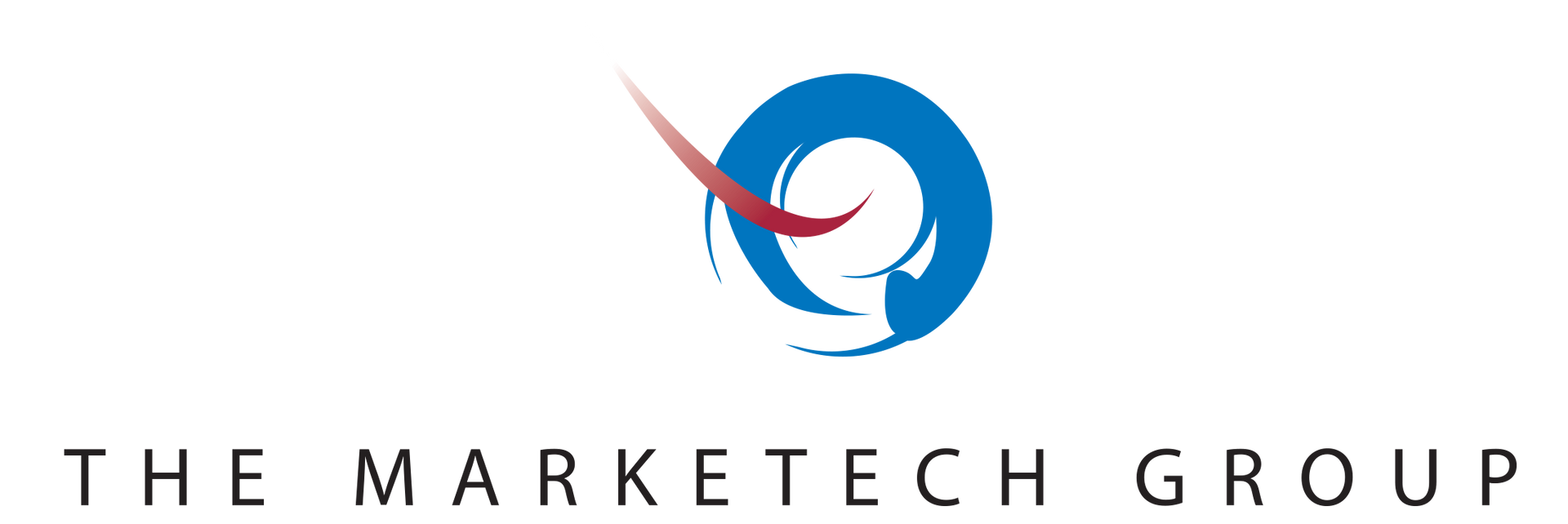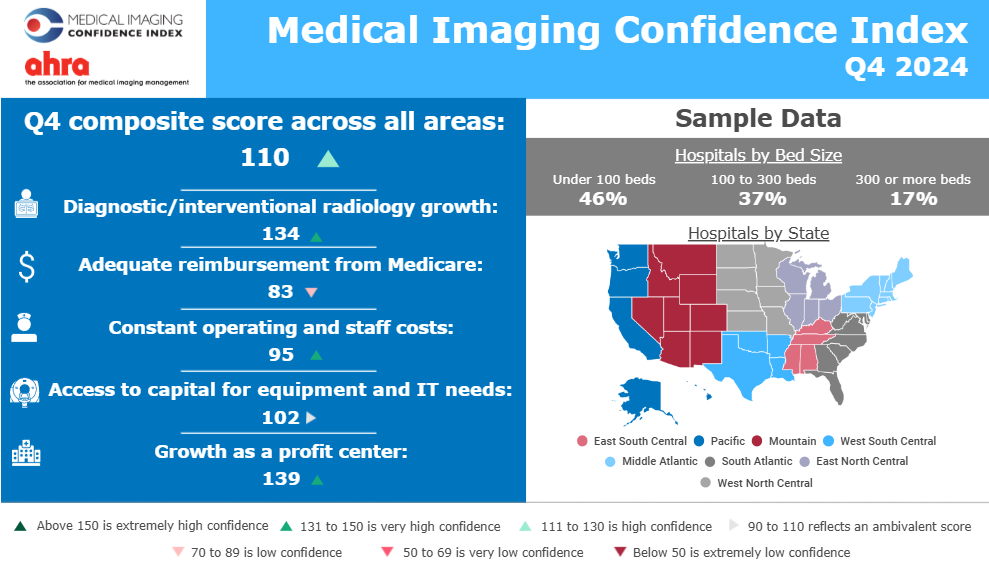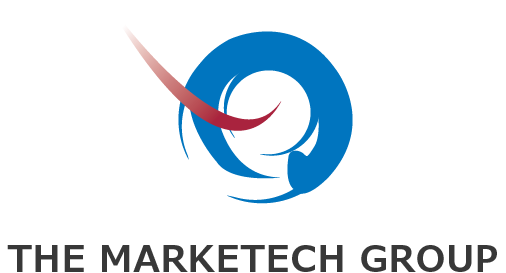ImagePRO Panel Speaks on Accessing Funding for Hospital Capital Equipment/IT Purchases.
Share this article:
At The MarkeTech Group, we sought to understand the challenges hospital face when trying to access capital funding and the strategies most used when financial resources are limited.
127 of our imagePRO™ panel members were asked three questions to evaluate their perception regarding access to capital funding.
Capital equipment and IT purchases are always a challenge, with hospitals and health systems looking to modernize and improve patient care. With current high-cost financing options such as bank loans, retained earnings, and grants, organizations must strategically align investments with their clinical and operational goals to ensure sustainability.

Institutions primarily rely on retained earnings for capital equipment and IT purchases (71%)
The majority (71%) rely on prior-year retained earnings from revenue, indicating a preference for internally generated funds. External funding such as Bank loans (9%), long-term debt instruments, such as municipal bonds (6%), government grants (6%), philanthropy or private donations (5%), and corporate grants (4%), plays a smaller role and accounts for 30% combined. This shows that most institutions prioritize internal resources over external financing options.
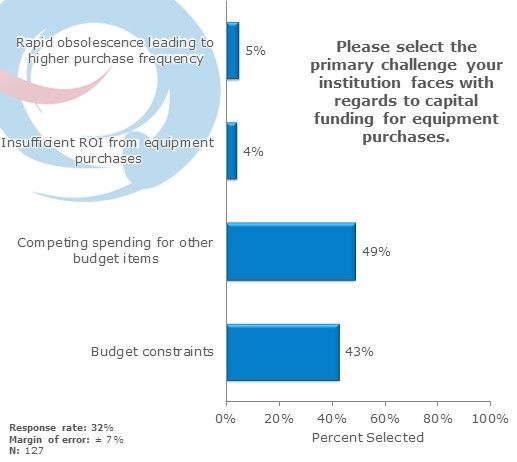
Competing spending for other budget items (49%) and budget constraints (43%) are the most significant obstacles to obtaining capital funding
The most significant challenge, selected by 49% of respondents, is "competing spending for other budget items." This indicates that many institutions struggle to allocate funds for equipment due to competing financial priorities. "Budget constraints" follow closely, selected by 43% of respondents, highlighting the difficulty in securing enough financial resources. Smaller challenges include "rapid obsolescence leading to higher purchase frequency" (5%) and "insufficient ROI from equipment purchases" (4%), both of which are less significant but still notable concerns.
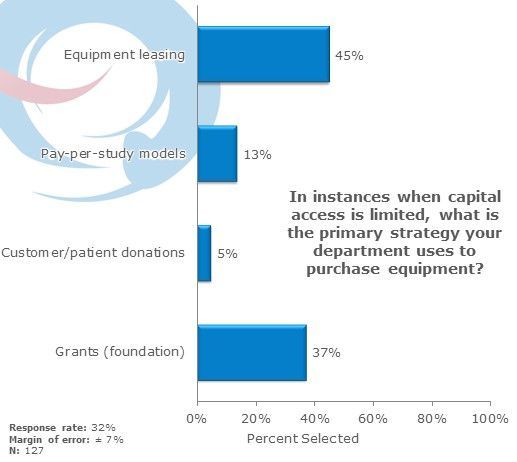
Equipment leasing (45%) and grants (37%) are the top strategies for departments facing limited capital access.
The most selected strategy, chosen by 45% of respondents, is "equipment leasing," indicating that many departments prefer to lease equipment to avoid large upfront costs. Grants (foundation)" is the second most popular option, selected by 37%, indicating that departments frequently turn to external funding sources when internal capital is limited but equipment purchases are still necessary. Less frequently used strategies include "pay-per-study models" (13%) and "customer/patient donations" (5%).
